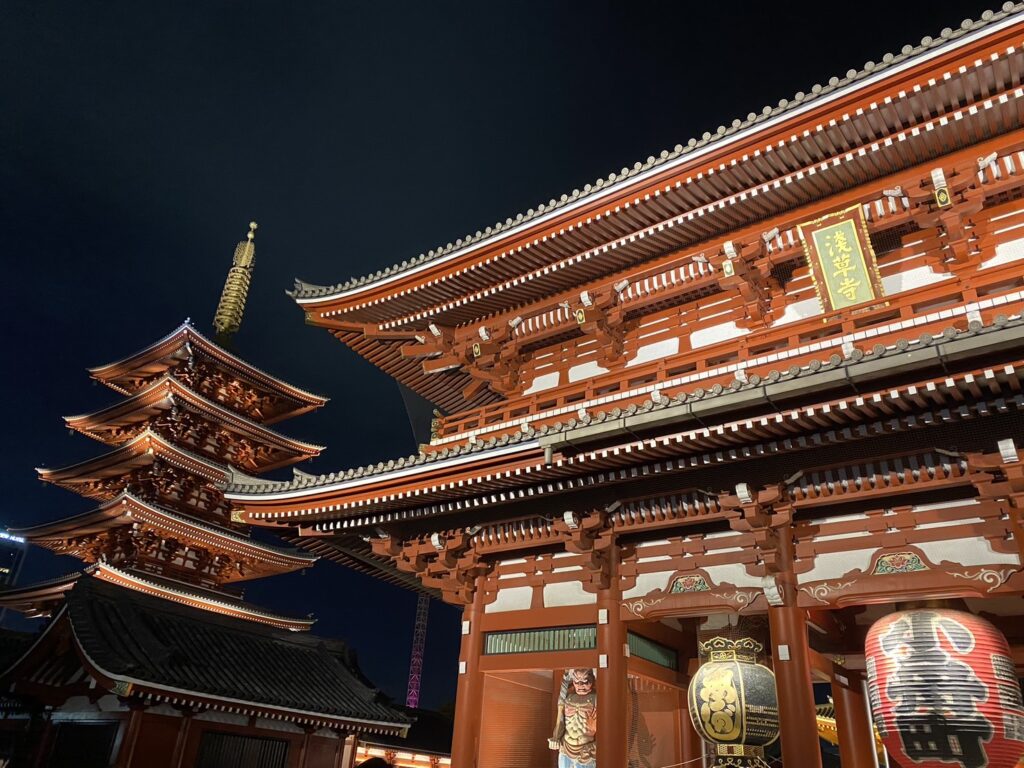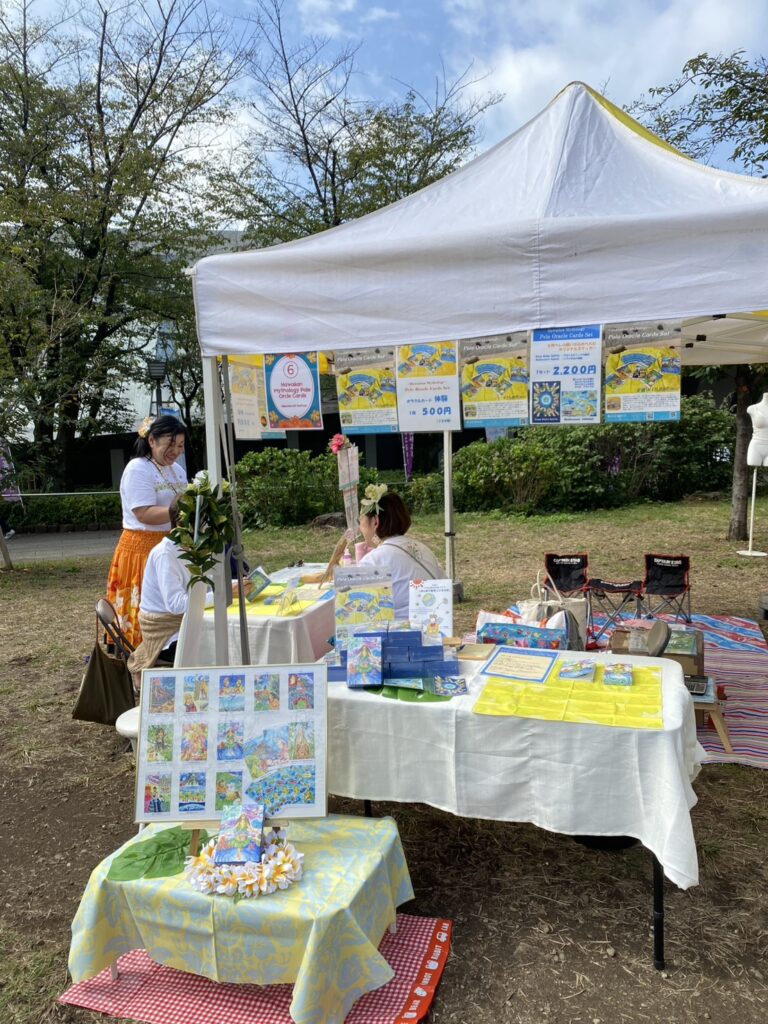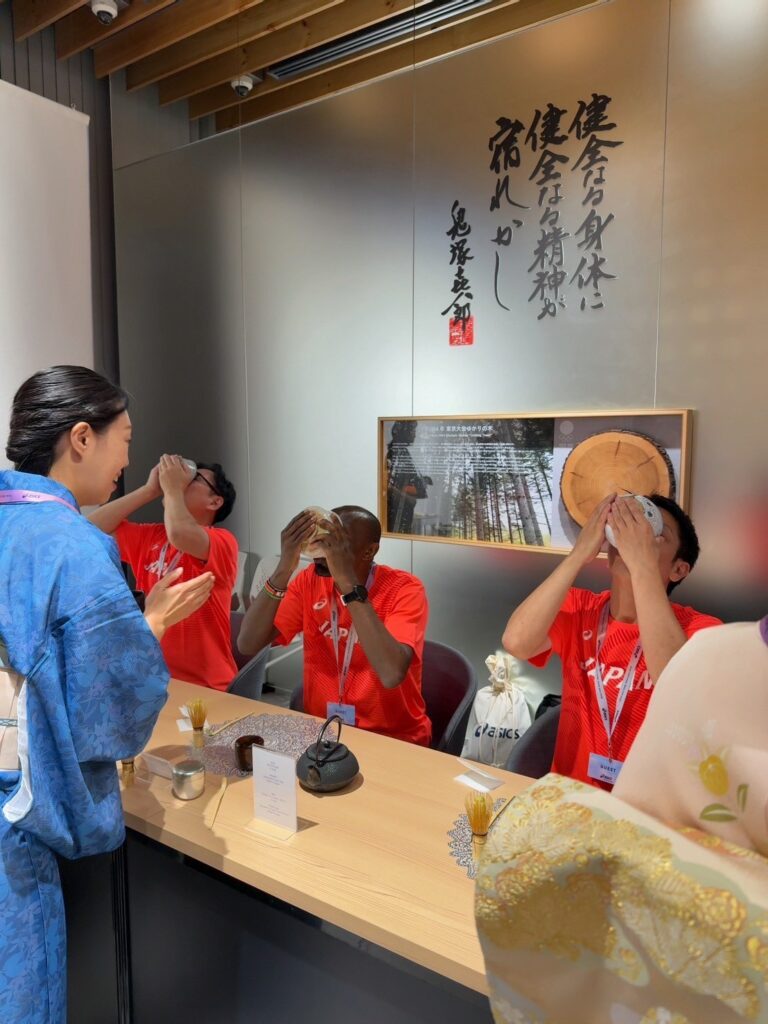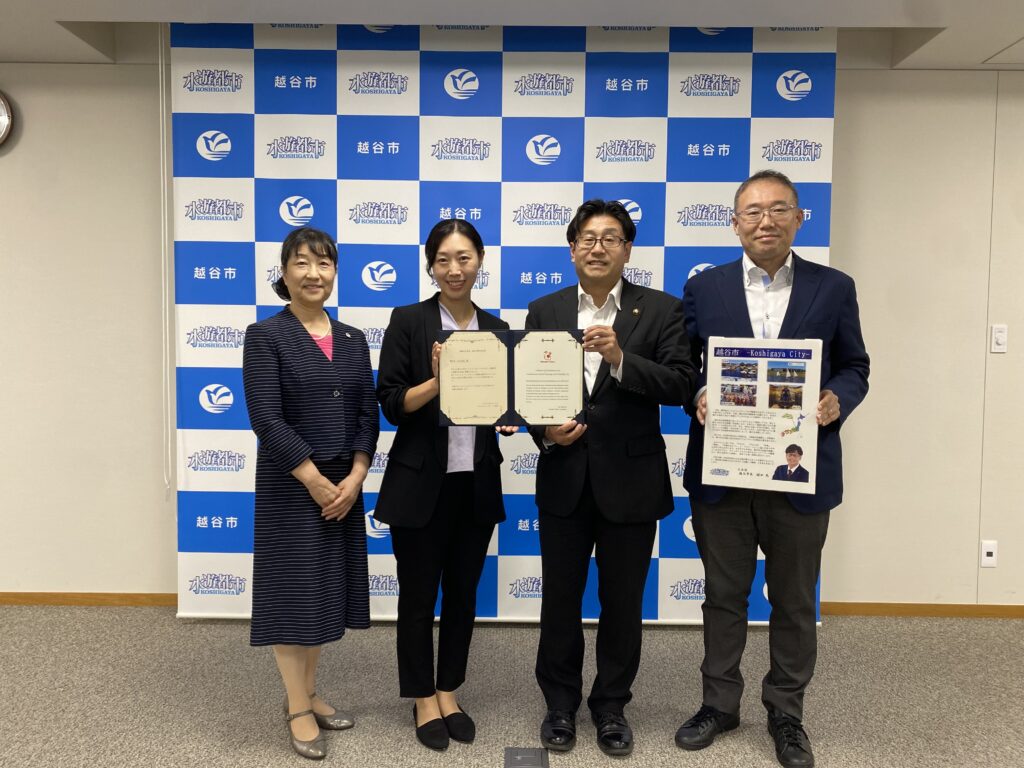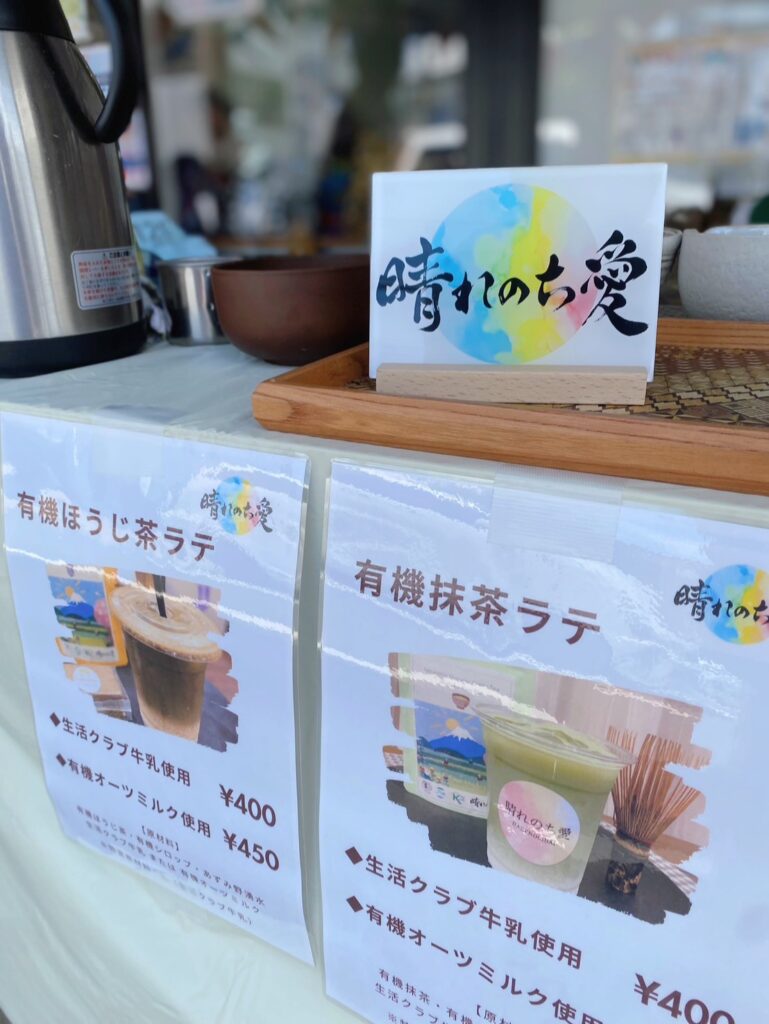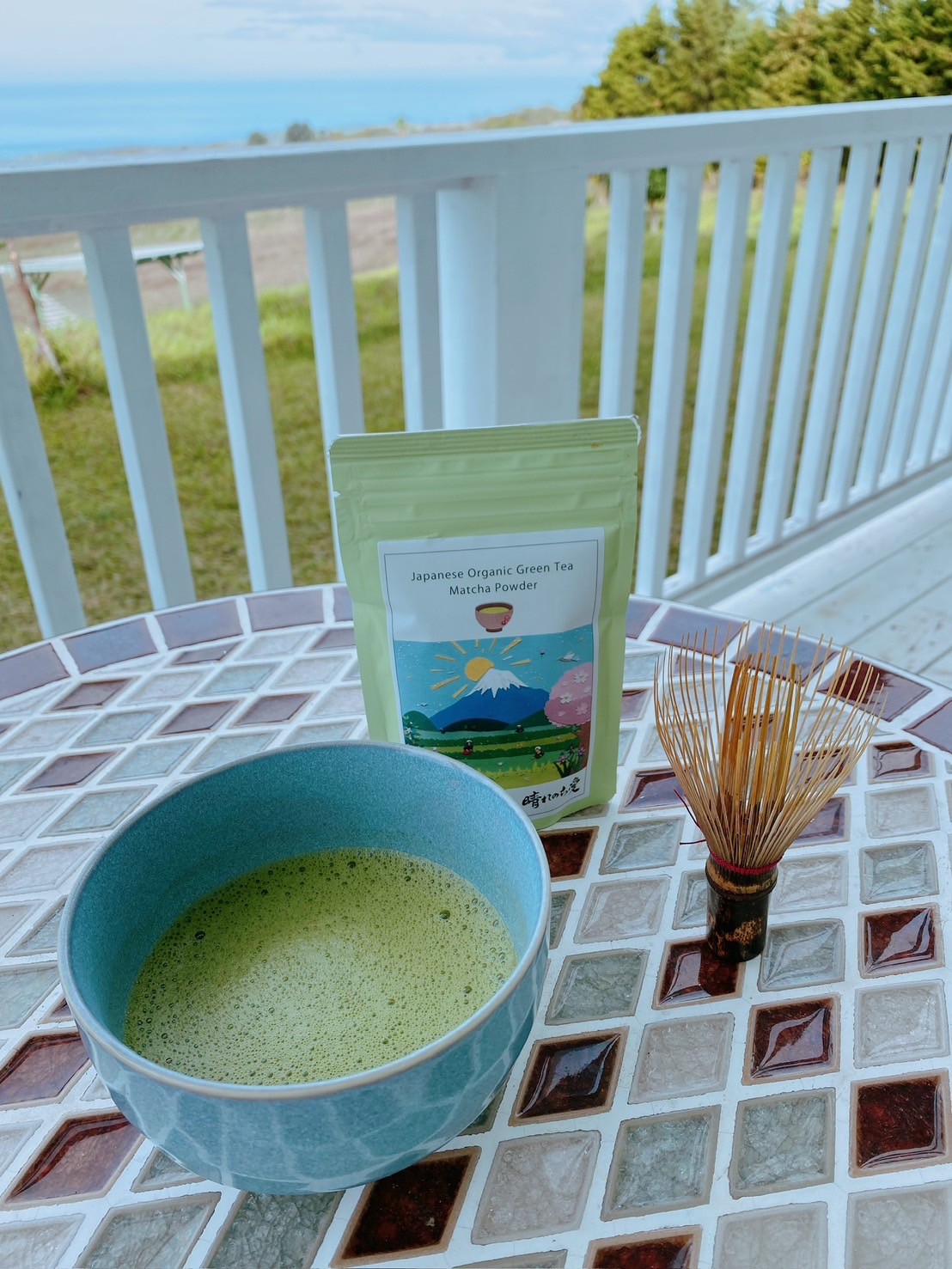
The history of matcha/抹茶の歴史
The history of matcha, a finely ground green tea powder, is deeply intertwined with the cultural and spiritual practices of Japan. Here’s an overview of its history:
- Chinese Origins: The roots of matcha can be traced back to China during the Tang Dynasty (618–907 AD). During this period, tea leaves were steamed and formed into bricks for storage and trade. The tea was prepared by roasting and pulverizing the leaves, then mixing the powder with water and salt.
- Introduction to Japan: Matcha was introduced to Japan by Japanese monks who visited China in the early 9th century to study Buddhism. They brought back tea seeds along with the Zen Buddhist methods of preparing powdered tea.
- Development in Japan: In Japan, the preparation and consumption of matcha evolved into a distinctive art form, Chanoyu, or the Japanese tea ceremony. This ceremony became a vital part of Japanese culture, symbolizing harmony, respect, purity, and tranquility.
- Popularization by Zen Buddhists: The popularization of matcha in Japan is often attributed to Eisai, a Japanese Buddhist monk who returned from China in the late 12th century. He is credited with planting tea seeds from China in Japanese soil and wrote “Kissa Yojoki” (喫茶養生記), a book highlighting the medicinal benefits of tea.
- Zen Buddhism and Samurai: During the 12th and 13th centuries, Zen monks used matcha to stay awake during long meditation sessions. Samurai warriors also adopted the practice of drinking matcha before battles, for its energizing properties.
- 16th Century Revival: The tea ceremony, and with it the consumption of matcha, was formalized in the 16th century by tea masters such as Sen no Rikyu. This period saw the emergence of the wabi-sabi aesthetic in tea ceremony, emphasizing simplicity and naturalness.
- Modern Times: In contemporary times, matcha has gained international popularity. It is appreciated not only in traditional tea ceremonies but also in various culinary applications, from matcha lattes to desserts. Its health benefits, particularly its high antioxidant content, have also been widely recognized.
Matcha’s history reflects the evolution of Japanese cultural and spiritual values, where a simple beverage transcends into an art form and a meditative practice, deeply embedded in the rituals of Zen Buddhism and the way of the samurai.
抹茶の歴史は、中国の宋代に始まり、日本において独自の発展を遂げました。以下にその歴史の概要をご紹介いたします。
- 中国の宋代における起源:抹茶は、中国の宋代(960年〜1279年)に煎茶法(茶葉を湯で煮出す方法)から粉末茶へと変化した時期に始まりました。この時代の中国では、茶葉を蒸して乾燥させ、粉末にして保存し、飲用していました。
- 日本への伝来:12世紀に日本の禅僧が中国を訪れた際に、粉末茶の製法を学び、日本に持ち帰りました。特に、禅僧の栄西がこの新しい茶の形式を日本に伝えたことで知られています。
- 茶の湯の発展:14世紀には、茶の湯(または日本茶道)として知られる精神的、芸術的な儀式が発展しました。この儀式は、単なる飲料を越えた精神性と美学を抹茶にもたらしました。
- 室町時代の発展:室町時代(1336年〜1573年)には、抹茶は一層人気を博し、武士階級の間で特に愛されました。この時代に、茶の湯が日本文化の重要な部分となりました。
- 千利休の影響:16世紀には、千利休という茶人が登場し、日本茶道に大きな影響を与えました。彼は「侘び寂び」という美学を茶の湯に取り入れ、茶室や茶器のデザインに革新をもたらしました。
- 現代への普及:現代では、抹茶は世界中で人気を博しており、健康飲料や料理の材料としても使用されています。また、日本茶道の伝統は今もなお、多くの人々によって大切にされています。
抹茶の歴史は、日本の文化、特に禅の精神性や日本茶道の美学と深く結びついています。茶の湯は、単なる飲料の儀式を超え、精神的な修行や美意識の表現の場となりました。
- お知らせ
- 抹茶

